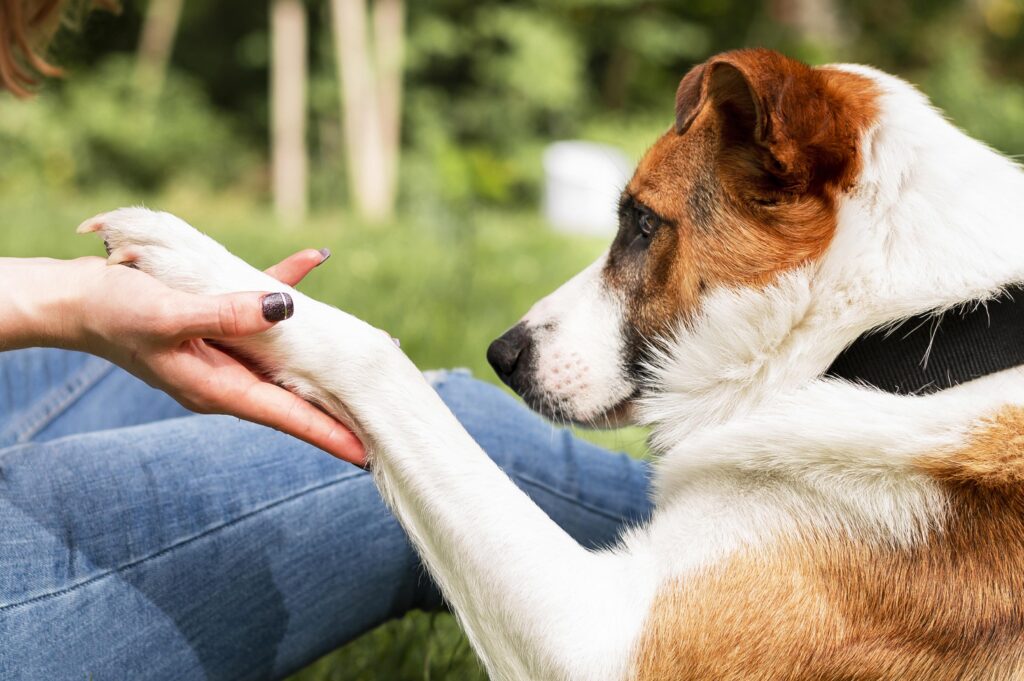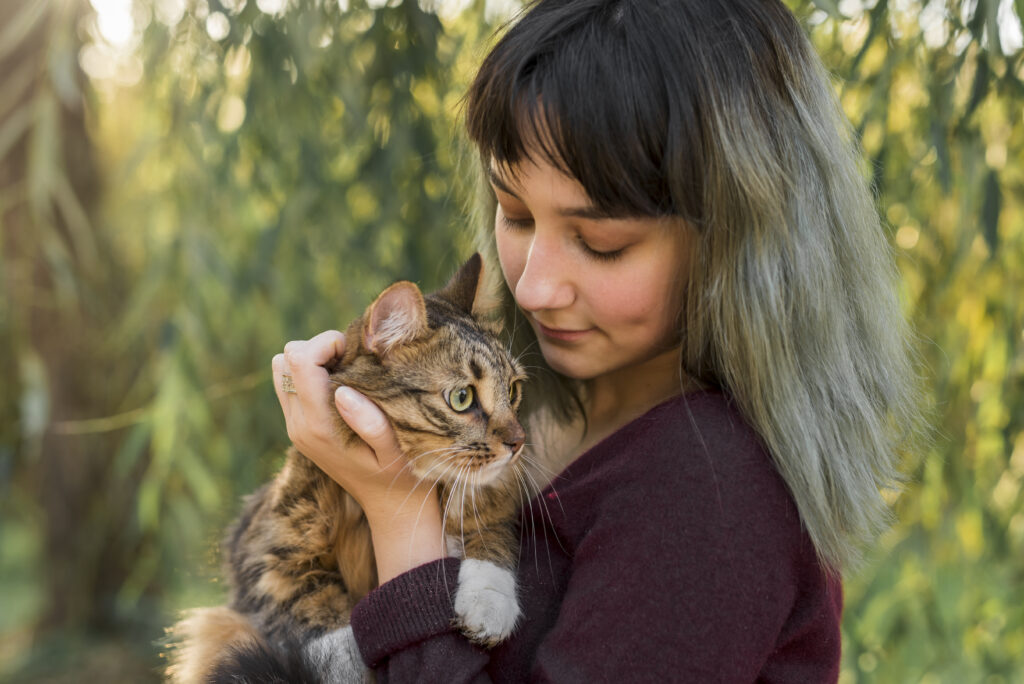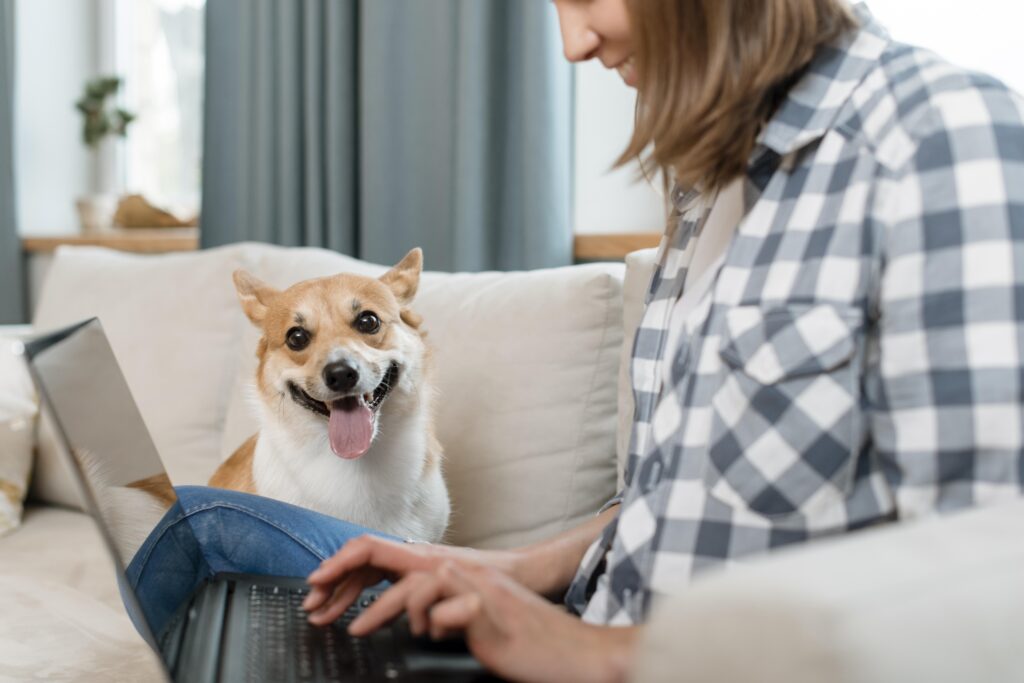Check Your Pet’s Microchip on Check The Chip Day
There’s nothing more heart-wrenching than losing a pet, and it’s a sad reality that pets do get lost quite frequently. While taking precautions and keeping them on-leash certainly helps, it does not ensure that your pet will never venture out and get lost. But there is hope: the solution is in checking your pet’s microchip regularly, and what better day to remind ourselves of this than on Check The Chip Day (August 15th).

Image by Freepik
In 2022, Young-Williams Animal Center provided a safe haven for over 11,000 pets. A staggering 63% of the dogs and 72% of the cats that were taken in had arrived as strays, without any form of identification, making it nearly impossible to reunite them with their owners. This distressing statistic underscores the importance of microchipping your pet and checking it regularly. It’s a simple and effective precaution that could potentially save both you and your pet from the heartbreak of separation. So, let’s use Check The Chip Day (August 15th) as a reminder to ensure our beloved pets’ microchips are functioning and up-to-date, increasing the chances of a speedy reunion if they ever get lost.
In this blog post, we will dive further into why microchips are important, how they work, and why it’s essential to check to ensure that your pet’s microchip is up-to-date.

Image by Freepik
What is a Microchip?
A microchip is an electronic device that is implanted under your pet’s skin; it’s about the size of a grain of rice. The microchip has a unique identification number that is linked to your pet’s information, such as their name, address, and contact information. When a pet goes missing, shelters and veterinary offices can scan the microchip to obtain the owner’s information.
The microchip itself is inserted under the skin of your pet, usually between the shoulder blades. This process is no more painful than a standard vaccination, and it doesn’t require any anesthesia or surgery.
How does the microchip work?
When a lost pet is found and taken to a veterinary clinic or animal shelter, one of the first things they do is scan the animal for a microchip. When the microchip is scanned, the scanner reads the microchip’s unique identification number. Once the unique identification number is read by the scanner, the contact information of the pet’s owner can then be obtained through an online database.
It’s important to note that a microchip is not a GPS device and cannot track your pet’s location. It’s also worth noting that the effectiveness of a microchip depends on the owner keeping their contact information up-to-date in the relevant database. Microchips are designed to last the lifetime of a pet, so once implanted, they don’t need to be replaced… only updated!

Image by Freepik
Why is it important to check your pet’s microchip?
Microchips are a lifelong identification method for your pet, but just having your pet microchipped is not enough. It’s essential to ensure that the contact information associated with the microchip is up-to-date. If your pet’s contact information has changed, or if you’ve moved, the microchip will not be useful. Regularly checking your pet’s microchip ensures that the information linked to it is correct, and you have the best chance of being reunited with your pet if they get lost.

Image by Freepik
At the end of the day, pets are members of our families, and losing them can be devastating. However, with microchips, they have a better chance of being reunited with us. It’s our responsibility as pet owners to make sure that we are doing everything we can to keep our pets safe. Celebrate Check The Chip Day by taking your pet to get their microchip scanned and updated today. Remember, it only takes a few minutes to check the information linked with your pet’s microchip, but it could mean the difference between being reunited with your furry friend or not.
 About the Author:
About the Author:
Wyatt Baggett is the Marketing Associate at Young-Williams Animal Center. With over five years of experience working with shelter pets and a passion for animal welfare, he enjoys creating informative content for pet parents. When he’s not working, Wyatt enjoys hanging out with his three rescue dogs, thrifting, and hunting down the best eats around Knoxville.
